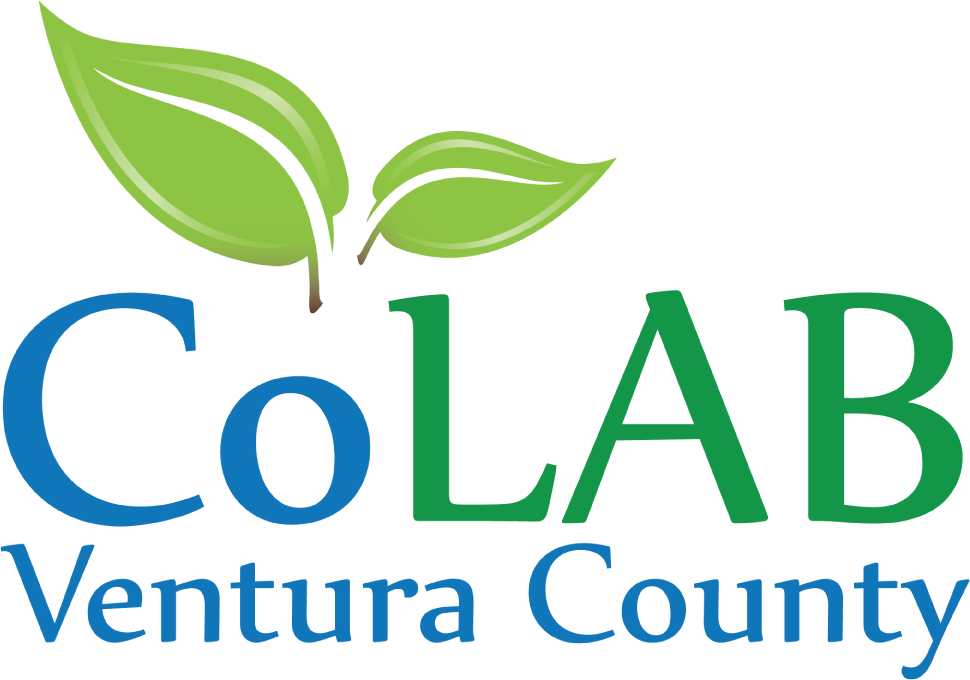Agriculture, SOAR and the General Plan Update

When the County SOAR ordinance was passed in 2016, the voters were assured through glossy mailers that the purpose was to “save agriculture” and many were convinced it would be helpful for farmers. Now that the no-growth mandate has been adopted until 2050 countywide, we are seeing less recognition and support for solutions from elected officials on the issues farmers face in the County.
Farming and ranching have become significantly more challenging in Ventura County in the last 10 years as growers and grazers have experienced higher labor, water, and regulatory costs. In addition, the industry has been facing cyclical droughts, frost, heat waves, shrinking water resources and in the last year the catastrophic destruction of crops and forage land in the Thomas, Hill and Woolsey fires.
The economics of growing crops in Ventura County is rapidly declining. And while the value of local crops has been flat for the past 6 years, the costs to grow and harvest have increased by an alarming average of 34% according to conservative grower statistics. Nearly every cost related to the business of farming has gone up including labor, water, fuel, irrigation systems, fertilizers, pest control, equipment and regulatory compliance. This trend is not economically sustainable in Ventura County.
The question is no longer whether farmland will be fallowed, but how much acreage will be taken out of production from increased costs and reduced groundwater allocations and how that will affect our economy and local landscape of Ventura County. The answer will depend to a certain extent on whether County agencies and elected officials truly support agriculture in an updated General Plan.
GENERAL PLAN UPDATE
The General Plan update process began in 2015 with a budget of $4.5 million. Farmers participated in focus groups and workshops securing a new “Agricultural Element” that will guide regulatory decisions to 2040 and beyond. This new agricultural chapter will define the extent of support by the County for the $3.3 billion local agricultural industry that provides nearly 32,000 jobs.
There have been four joint workshops with the Planning Commissioners and Board of Supervisors setting the stage for the goals and policies to be crafted for the new General Plan. Beginning in the spring of next year, the Ventura County Planning Division will be hosting another set of General Plan workshops on proposed goals and policies and it is critical that farmers and ranchers participate in this process.
An example of the lack of recognition and support for agriculture was evident at the General Plan Joint Workshop #4 on November 6. SOAR board members Steve Bennett and Linda Parks, who are in their last terms as County Supervisors, eliminated six pro-ag policies from even being considered in the General Plan update. These policies were recommended by the Agricultural Policy Advisory Committee, a five-member committee of respected farmers appointed by each of the Supervisors.
Supervisor Bennett’s comment was: “We might think these are really good policy issues… but they’re not good policy issues for us to dive into the General Plan update at this point in time.” So, what point in time would be good? Are we unconcerned about adjacent land uses and overlay zones conflicting with growing and protecting crops? Are we unwilling to make hard choices to “save agriculture” as expressed in SOAR?
The eliminated policies are listed below. All except the last listed policy came directly from language out of the San Luis Obispo General Plan Agricultural Element. We will let our readers decide the impact of removing the following policies from consideration in a new general plan for a county that has a $3.3 billion contribution to our economy:
- Include commitment that land uses such as wildlife corridors, scenic resources zones and public access trails will not conflict with agricultural uses on private lands.
- Provide greater opportunities and incentives for growers and livestock producers to participate in Williamson Act programs
- Maintain water resources for agricultural production, both in quality and quantity, so as to prevent loss of agriculture due to competition for water with urban and suburban development
- Allow the transfer of entitlements between parcels to accommodate agricultural facilities and farmworker housing and encourage large parcels to remain in agricultural production
- Provide value-added marketing opportunities for agricultural commodities produced in Ventura County
- Consider alternative uses on agricultural lands adjacent to existing public schools, such as farmworker housing
Supervisor Parks made the comment “…both agriculture lands, wildlife corridors have value, and the idea, I think, should actually be not to make sure that wildlife corridors don’t conflict with agriculture uses, but rather how… they can coexist and work with each other.” So how do wildlife feces and growing crops coexist on our precious 100,000 acres of irrigated agriculture?
According to the FDA: “About 48 million people in the U.S. (1 in 6) get sick, 128,000 are hospitalized, and 3,000 die each year from foodborne diseases, according to recent data from the Centers for Disease Control and Prevention. This is a significant public health burden that is largely preventable.” The FDA Food Safety Modernization Act states: “Domesticated and wild animals are sources of pathogens that can transmit foodborne disease through the contamination of produce.
”Further, proposed “Wildlife Corridor” regulations seek to restrict brush clearance near homes and businesses in areas that have been ravaged by the Thomas, Hill and Woolsey fires. Will history continue to repeat itself, placing residents and structures in danger?
In a monthly newsletter in November, Supervisor Kelly Long stated: “One of my priorities in this (General Plan) process is to address Ventura County’s faltering economy. It is an area with the potential for great improvement and deserves special attention. In a time of economic growth and expansion throughout the state and nation, Ventura County’s GDP has recently bucked this trend and has experienced a shrinking economy for the second straight year.”
In the November 6 General Plan hearing, Supervisor Long was a supporter of agriculture and the economy with her top three priorities to:
- Include the Right to Farm Ordinance in the Agricultural Element
- Support the Joint Land Use Study for Naval Base Ventura County in the General Plan and the Port of Hueneme
- Use the Economic Vitality Sustainability Plan as the basis for the new Economic Element
In addition, Supervisor Long was instrumental in rewording the Agricultural Guiding Principle to support the economic vitality of agriculture. This principle was adopted by the Board of Supervisors on January 23, 2018 as follows: “Promote the economic vitality and environmental sustainability of Ventura County’s agricultural economy by conserving soils/land while supporting a diverse and globally-competitive agricultural industry that depends on the availability of water, land, and farmworker housing.” This principle had significant input from the Agricultural Policy Advisory Committee, Planning Commission and Board of Supervisors with participation in the process by CoLAB representatives.
The VC CoLAB board, staff and our members have expended significant resources to support agriculture in the General Plan process. Please read our letter to the Board of Supervisors and Planning Commission submitted for the Workshop #4 on November 6 recommending agricultural goals and policies for the General Plan.
SOAR
Most importantly, VC CoLAB negotiated beneficial language into the 2016 SOAR ordinance that will be inserted directly into the General Plan Agricultural Element. We have consolidated all of the agricultural language from SOAR into a General Plan 2040 reference document showing CoLAB’s negotiated changes with underlining and strikeouts.
Agricultural policies and goals in the updated General Plan must reduce pressure on farming from neighboring and conflicting uses, facilitate a sustainable water source, expand opportunities to capture the value of produce that is currently left in the field, have adaptive strategies for fallowed land, and promote a stable property tax environment through support of the Williamson Act program.
“The agricultural industry provides great benefits to the Ventura County community. On 100,000 acres of irrigated farmland land, farmers grow more than 50 crops including fresh vegetables and fruits, nursery stock and cut flowers. As stated in SOAR: “Vegetable and fruit production from the county of Ventura and, in particular, production from the soils and silt from the Santa Clara and Ventura rivers have achieved international acclaim, enhancing the County’s economy and reputation and standard of living.”The agricultural industry provides great benefits to the Ventura County community. On 100,000 acres of irrigated farmland land, farmers grow more than 50 crops including fresh vegetables and fruits, nursery stock and cut flowers. As stated in SOAR: “Vegetable and fruit production from the county of Ventura and, in particular, production from the soils and silt from the Santa Clara and Ventura rivers have achieved international acclaim, enhancing the County’s economy and reputation and standard of living.”
These growing grounds sustained over $171 million in agricultural losses in the Thomas Fire while they protected housing tracts in the Ventura community by providing a buffer to the encroaching flames. The over 200,000 acres of State Important Grazing Lands also provide a buffer to local communities as they are managed to provide grassland habitat and fire protection. The effects of damage to cropland and rangeland will be reflected on the industry for years to come.
Supporting agriculture in the General plan is a win-win strategy. Through adoption of policies that sustain agriculture, we can maintain our farmers’ contributions to the Ventura County economy while keeping our county green.

